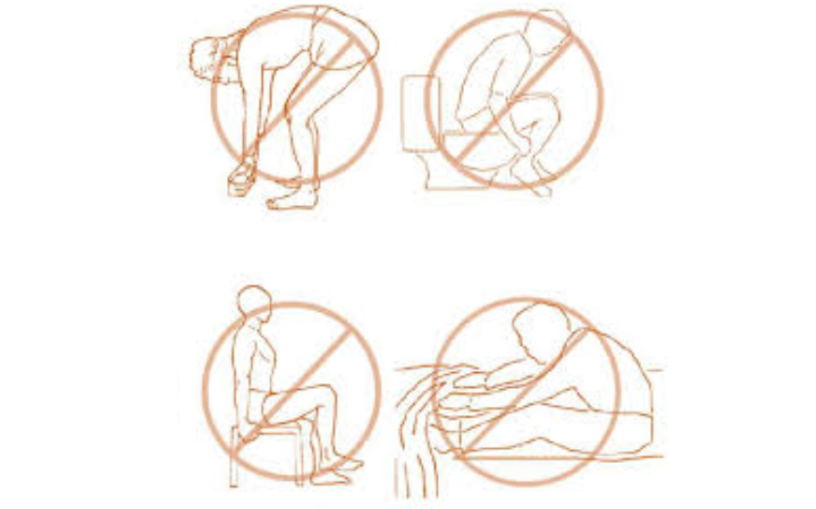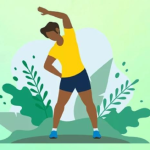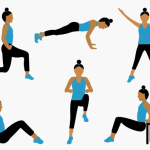Correct posture after spine surgery is crucial to protect healing, avoid strain, and speed up recovery.
Maintaining the correct posture after spine surgery is essential for protecting your healing spine, preventing strain, and ensuring long-term recovery. Poor posture can increase pain, slow healing, and place unnecessary stress on the surgical area.
Always follow your surgeon's personalized advice. This guide provides general information and should complement, not replace, your doctor's specific instructions.
Why Posture Matters After Spine Surgery
- Protects the surgical site: Proper posture keeps pressure off your incision and spine.
- Promotes healing: Neutral spine alignment helps with bone fusion and tissue repair.
- Reduces pain: Good posture decreases stress on surrounding muscles and joints.
- Prevents complications: Slouching or twisting can delay recovery and increase risk of re-injury.
General Posture Guidelines (First 6 Weeks)
- Keep a "neutral spine": Your ears, shoulders, and hips should stay aligned. Avoid slumping forward.
B.L.T. Precautions After Spine Surgery
*(Bending • Lifting • Twisting)*
After spine surgery, your recovery depends on protecting your spine as it heals. One of the most important sets of precautions you will hear about is "B.L.T." — short for Bending, Lifting, and Twisting. These three movements can place excess strain on your healing spine and should be avoided in the early recovery phase.
Why B.L.T. Matters
- •Protects your surgical site – prevents stress on bones, discs, and healing tissues
- •Reduces risk of complications – lowers chance of hardware loosening or re-injury
- •Supports long-term recovery – helps your spine fuse and heal properly
Bending 🚫
- •Avoid bending forward at the waist to pick things up or tie your shoes.
- •Instead, use the "hip hinge" technique: bend at your knees and hips while keeping your back straight.
- •Consider using tools like a grabber/reacher for items on the floor.
Lifting 🚫
- •Do not lift anything heavier than 5–10 pounds (about a gallon of milk).
- •Even lighter objects can be risky if lifted incorrectly.
- •If you must lift something, keep it close to your body, bend at the knees, and avoid jerky movements.
Twisting 🚫
- •Avoid twisting your spine (for example, turning your shoulders while your hips stay still).
- •When you need to change direction, move your whole body together—step with your feet instead of rotating your torso.
- •Be extra mindful when getting out of bed, getting into a car, or reaching for items.
Safe Alternatives ✅
- •Hip hinge + squat instead of bending forward
- •Pivot with your feet instead of twisting
- •Use both hands and keep objects close when lifting light items


